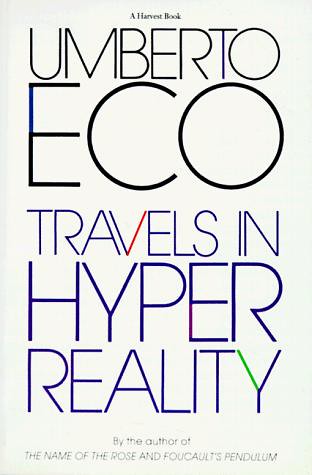 French vogue editorial
French vogue editorial
Balmain SS 2010
"The Middle Ages are the civilization of vision, where the cathedral is the great book in stone, and is indeed the advertisement, the TV screen, the mystic comic strip that must narrate and explain everything, the nations of the earth, the arts and crafts, the days of the year, the seasons of sowing and reaping, the mysteries of the faith, the episodes of sacred and profane history, and the lives of the saints (great models of behaviour, as superstars and pop singers are today, an elite without political power, but with great charismatic power)". (81-82)
The underlying identity presented in collections such as Balmain this year expand on ideas of the ever changing neomedival superstar, but all these myths are built and supported by the strong language a postmodern medieval character that feels at home in mega cities and enjoys an exciting night life; a strong woman in times of uncertanty and cultural clashes. Balenciaga, Rick Owens, Ann Demeulemeester, Haider Ackermann, Alexander Wang and now Balmain seem to understand this medieval myth very well.
"
What then is the American, this new man? He is either an European, or the descendant of
an European, hence that strange mixture of blood, which you will find in no other country.
I could point outto you a family whose grandfather was an Englishman, whose wife was Dutch,
whose son married a French woman, and whose present four sons have now four wives of
different nations. He is an American, who leaving behind him all his ancient prejudices
and manners, receives new ones from the new mode of life he has embraced, the new government
he obeys, and the new rank he holds. (54)
Crevecoeur further defines becoming an American as one who has been accepted into the great Alma Mater where "individuals of all nations are melted into a new race of men" (55). Nevertheless, most Americans cannot withdraw from defining themselves with their distinct cultural heritage; i.e. Italian-American, Turkish-American, Irish-American, African-American and so forth. In our neomedieval age, it is becoming more difficult to speak of borders which seem to be dispersing, paving the way for globalization. English as an international language, the ever-increasing use of the internet, a sense of collective insecurity are all indicators of border-dissolution. This, in turn, provokes the urge to search for stability, to search for roots. In the case of the American, an unconscious return to medieval Europe. (7)When Europeans immigrated to the new land, their timeline was severed from Europe only physically. With the Declaration of Independence, America consciously denounced its separation declaring that "these United Colonies are, and of Right ought to be Free and Independent States; that they are Absolved from all Allegiance to the British Crown, and that all political connection between them and the State of Great Britain, is and ought to be totally dissolved" (online). Even though ties with the Crown were politically split, on the spiritual, or unconscious, level there still exists a deep longing for the motherland, a return to medieval England. This might seem as a way of attempting to reconstruct the detached timeline. In other words, even though the umbilical cord was cut, the infant through the unconscious longs to return to the womb. Hence, the phenomenon of adapting the past of the motherland, creating an idealized version, a fantasized version of medieval Europe and portraying it as its own, seems only logical."


